
Redesign your school library | 2013 National High School Architecture Competition #196
Overview (Program/Design Brief)
Problem Statement: Brooklyn Technical High School’s current school library appears to be out of date with its old-fashion design, discouraging the interests of the newest generation of high school students, teachers, and other visitors to the school.
Design Statement: Brooklyn Technical High School’s school library needs to get transformed into a place that not only offers a great deal of knowledge, but also allows opportunities to collaborate, think creatively, and create.
Client: Chicago Architecture Foundation (CAF).
Target Consumer: Students, staff, and visitors of Brooklyn Technical High School.
Constraints:
1. The dimensions of this newly renovated library should be the same dimensions of the current school library, taking up the same amount of space and using the same location.
2. The transformed library should have a variety of different colors to inspire thinking. There should be no less than three different, bold colors.
3. The placement of the furniture should be at least 4 feet apart from each other, to allow passage, but bookcases are an exception.
Criteria:
1. The layout of the new library should be more convenient and make an individual feel inspired, open minded, creative and productive upon entrance into the library.
2. The library should be more aesthetically pleasing to encourage people to visit more often and function with environmentally friendly furniture.
3. The library should reflect a modern way of thinking and have a futuristic atmosphere. Like the newest generation of high school students, staff, and others, the designs should reflect an open and intangible mindset.
.png)


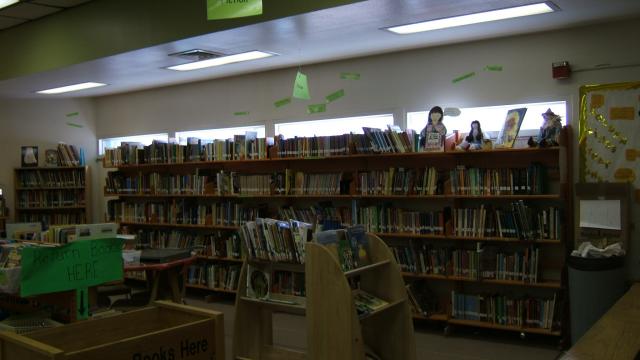
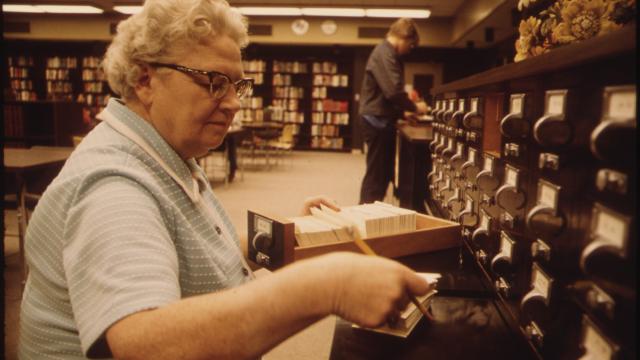

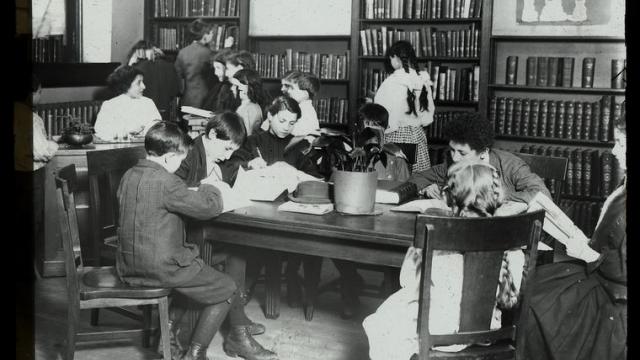
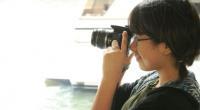






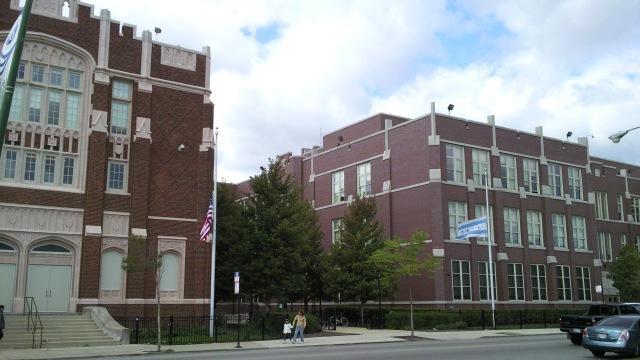
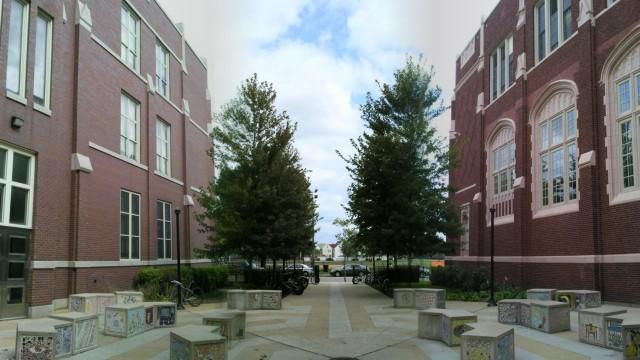
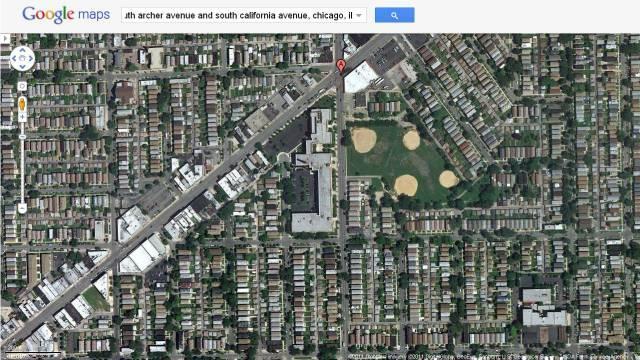
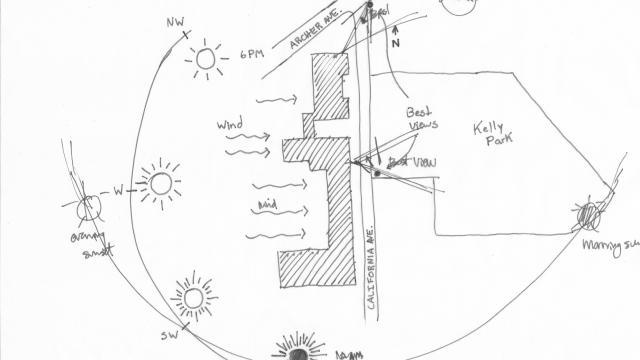
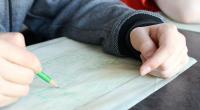
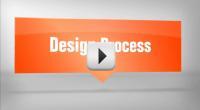







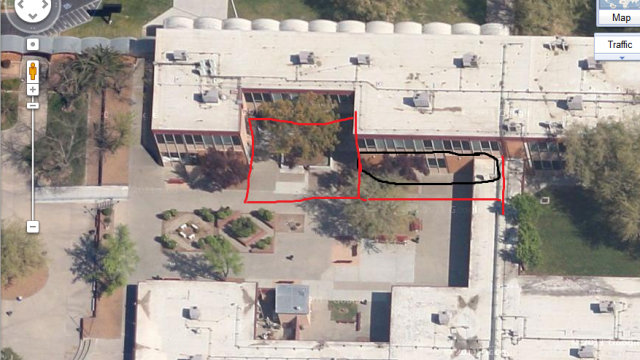
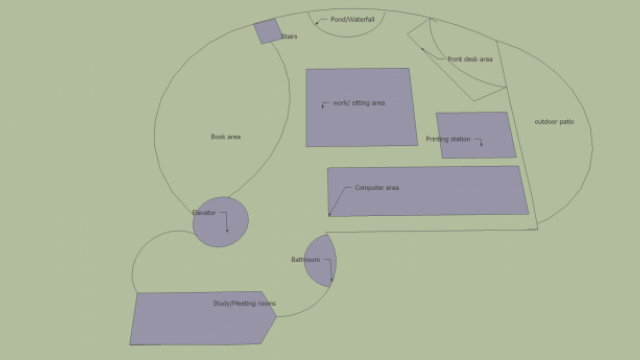
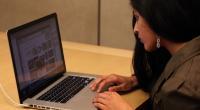
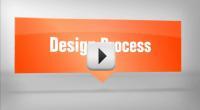







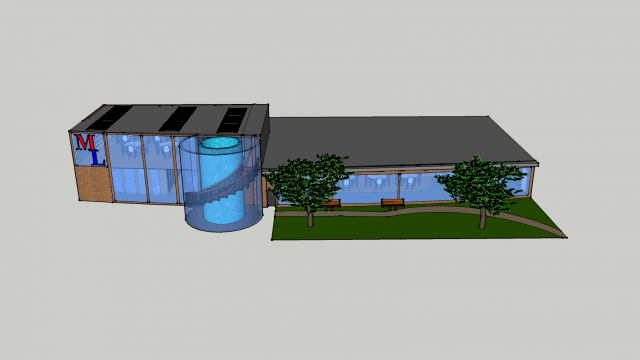
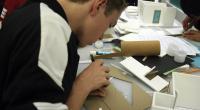
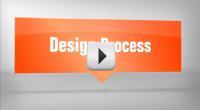






Comments
Great goals! Don't forget to include means of achieving sustainability.